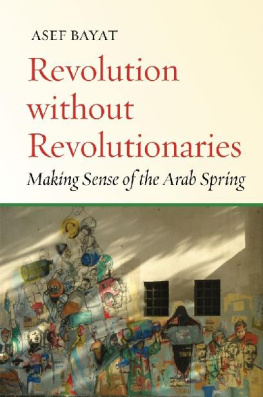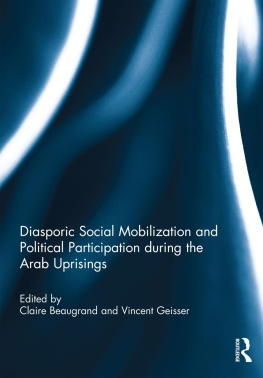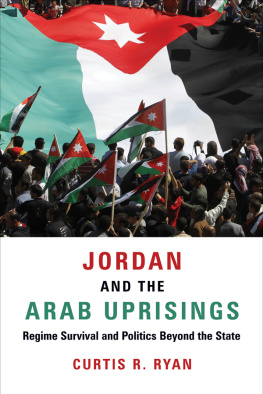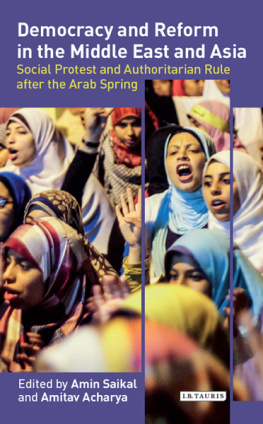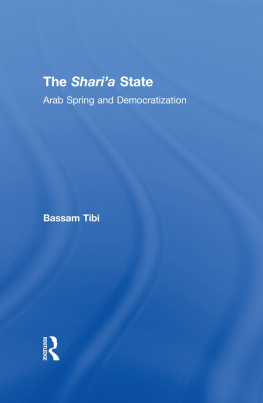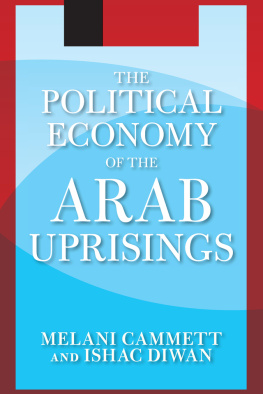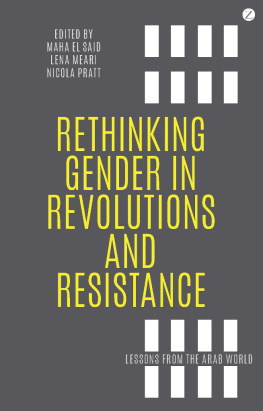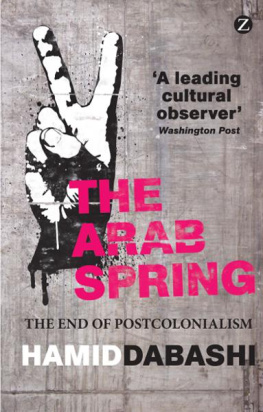Stanford University Press
Stanford, California
2017 by the Board of Trustees of the Leland Stanford Junior University. All rights reserved.
No part of this book may be reproduced or transmitted in any form or by any means, electronic or mechanical, including photocopying and recording, or in any information storage or retrieval system without the prior written permission of Stanford University Press.
Printed in the United States of America on acid-free, archival-quality paper
Library of Congress Cataloging-in-Publication Data
Names: Bayat, Asef, author.
Title: Revolution without revolutionaries : making sense of the Arab Spring / Asef Bayat.
Other titles: Stanford studies in Middle Eastern and Islamic societies and cultures.
Description: Stanford, California : Stanford University Press, 2017. | Series: Stanford studies in Middle Eastern and Islamic societies and cultures | Includes bibliographical references and index.
Identifiers: LCCN 2017009148 (print) | LCCN 2017010826 (ebook) | ISBN 9780804799027 (cloth : alk. paper) | ISBN 9781503602588 (pbk. : alk. paper) | ISBN 9781503603073 (e-book)
Subjects: LCSH: Arab Spring, 2010- | RevolutionsArab countries. | Arab countriesPolitics and government21st century.
Classification: LCC DS39.3 .B39 2017 (print) | LCC DS39.3 (ebook) | DDC 909/.097492708312dc23
LC record available at https://lccn.loc.gov/2017009148
Cover design: Rob Ehle
Cover photo: Asef Bayat
Typeset by Bruce Lundquist in 10/14 Minion Pro
Revolution without Revolutionaries
Making Sense of the Arab Spring
ASEF BAYAT
Stanford University Press
Stanford, California
Stanford Studies in Middle Eastern and Islamic Societies and Cultures
To the known and unknown heroes of the Arab Spring, those who put their lives on turning their uprisings into meaningful revolution
To be truly radical is to make hope possible rather than despair convincing
Raymond Williams
Table of Contents
Preface
People may or may not have ideas about revolution for it to happen. For the outbreak of a revolution has little to do with any idea, and even less with a theory, of revolution. Revolutions simply happen. But having or not having ideas about revolution does have critical consequences for the outcome when it actually occurs. This book is about revolutions without revolutionary ideasones that are conditioned by the modalities of our neoliberal times. It focuses on the Arab Spring, the remarkable revolutionary uprisings that ironically burst onto the political stage at a time when the very idea of revolution had been dispelled. Thus, the book is neither a simple narrative of the Arab Spring nor a work of current affairs. Its central aim is to make sense of these extraordinary political happenings, primarily in Tunisia and Egypt, to understand their dynamics, analyze their mobilization process, examine their paradoxes, and highlight their promises from a global, historical, and comparative outlook. As much as it details the actual operations of these revolutions, the book is also a work of social theory, a modest attempt to introduce idioms and insights to better understand these political episodes.
The urge behind writing this book derived from my early fascination with and frustration over the unsettling novelties that marked the Arab revolutions, when I looked from the prism of a revolution that I had witnessed, experienced, and studied some thirty-five years earlier. Having lived in both Iran and Egypt just prior to their revolutions, I was struck by how different these experiences were. I was enthralled by the Arab Springs more peaceful, open, pluralistic, and less repressive texture but was perplexed by its nonradical, loosely organized, exposed, and perilous quality. I wondered if the Arab revolutions were revolutionary enough to withstand the dangers of restoration. What made the political language, ideological makeup, and the broad trajectories of the Arab Spring so remarkably different from those of the revolutions of the 1970s? In attempting to address such questions, I am hoping to highlight the nuances of the Arab Spring and complicate the meaning of revolution.
This book is not a product of one-time research and writing; rather, its data, insights, and conceptual makeup originate from many years of reflections on the question of social and political change in the Muslim Middle Eastlong prior to the 2011 uprisings, when I was living and teaching in Cairo. In fact, my thinking about and experience of revolution goes back as far as the Iranian revolution of 1979, of which I was a participant-observer. I have reworked some of my earlier studies on the Iranian revolution to include in this volume for comparative purposes. However, the substantial part of the thinking, research, and writing that informs this book began as soon as the first protests broke out in Sidi Bouzid, Tunisia, and the subsequent developments that took the world by surprise. As uprisings surged in Egypt, Libya, Yemen, Syria, and Bahrain, I became deeply engaged in attempts to understand what was unfolding so rapidly. This involved multiple research trips to Egypt and Tunisia after the outbreak of the uprisings.
Of course, the import of the Arab uprisings has been far greater than the intellectual interests they stirred; the uprisings were poised to reshape the future of the region and remake the fortune of its people. I was aware of the challenges one faces in researching revolutions that are unfolding. How should one do scholarship in turbulent revolutionary times filled with struggles, sacrifices, intrigues, and passion, the time when peoples lives, liberty, and material well-being are at stake? How can we observe and understand the events that are in the making, and what to do when the very act of observation could have the effect of intervention? And above all how should one navigate between a position of wanting to see the uprisings succeed yet retain the sobriety of critical scholarship and sincerity of judgment? I hope that this text has been sensitive to such concerns and succeeds in avoiding their potential pitfalls.
In Egypt, I had multiple discussions with observers, onlookers, secular people and Islamists, and revolutionary activists who included some of my ex-students from my teaching years in Cairo. I also collected valuable information by speaking to ordinary people, in particular the youth, women, and many unknown individuals at homes, neighborhoods, offices, universities, and especially in the streets; I visited poor neighborhoods in Cairo to observe their engagement with the revolutionary dynamics and followed the workings of new organizations in the localities, colleges, and public spaces that had emerged just after the fall of Hosni Mubarak. In Tunisia, I spoke to academics, intellectuals, activists, civil society organizations, both secular and religious, and many anonymous citizens in public places; I visited headquarters of political organizations, universities, and neighborhoodsboth the posh Sidi Bou Said and the slums of Tadamon and Al-Menoubiya in Tunis. Speaking to ordinary people, both men and women, in the streets, neighborhoods, private homes, colleges, or during the rallies and demonstrations provided valuable insights into their ideas about revolution, change, role of religion, expectations, and obstacles they faced as a result of the uprisings in both Egypt and Tunisia. In referring to these informants in this book, I have used mostly fictitious names. Both in Egypt and Tunisia, I collected a considerable amount of written materials, beyond what one finds in the social media, in the form of leaflets, tracts, papers, reports, news items, and books. As fresh and more compelling data are becoming available, the future studies will, I hope, fill any gaps this study may contain.
Next page
